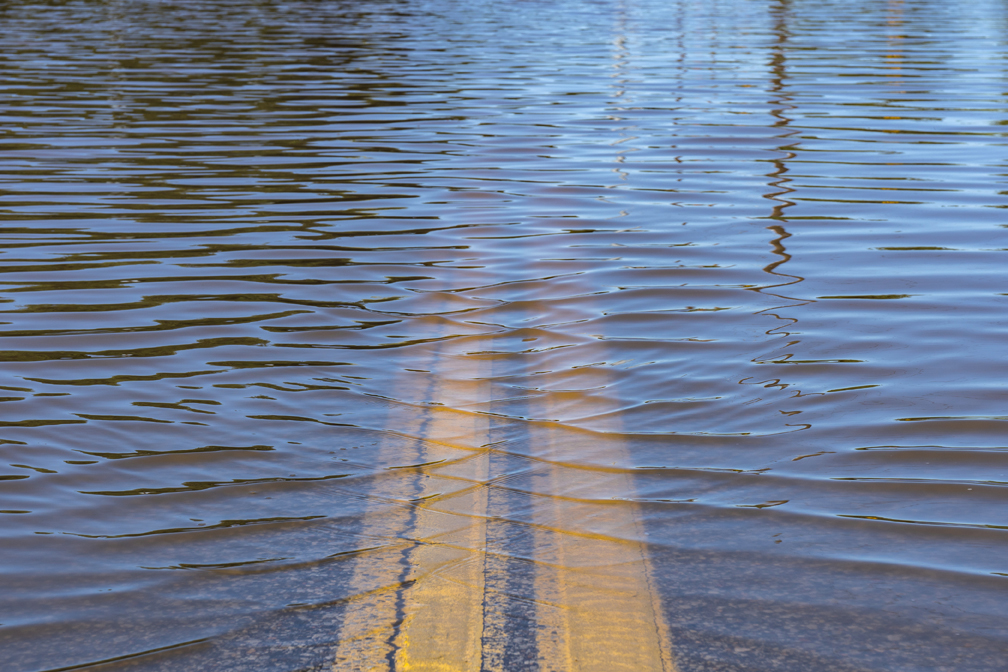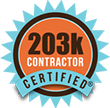According to the National Fire Protection Association house fires affect thousands of people annually causing injury and even death. Here is a list of the usual fire hazards and how to prevent them.
One of the top causes of house fires is faulty wiring
By the way, faulty wiring isn’t just hidden behind walls. Fortunately, there is a lot you can do to expose hazards every day in your home or workplace. Fortunately, we have some tips.
- Review electrical cords in your home for fraying and replace as needed.
- Uncover electrical cords that are pinched by or covered by things such as rugs.
- Don’t overload circuits. You may want to consult a professional If you are questioning the stability of your electrical system.
- Surge protector or power strips—know the difference. Surge protectors and power strips are both made for plugging in multiple electronic devices, however surge protectors are for protecting valuable electronics such as televisions and computers whereas only the surge protector can provide protection of these devices from an electrical power surge.
Cooking is also a major cause of most house fires.
Because, we are distracted. Who doesn’t get distracted while cooking?! We all do. However, kids, pets, and phone calls aside, we have some good precautions to keep everyone safe from fire damage.
- Pans and pots should never be left unattended over an open flame on the stove.
- Fire extinguishers should be within reach and readily available should a fire start.
- When a stove or oven is powered on, built up food or grease can ignite causing smoke and fire damage.
Household dryers for laundry can pose as fire hazards
You’re busy, we get it. But, just for just less than a minute each, you can deploy these tactics before your next load.
- Improperly installed dryer vents can become clogged and overheat causing fire. Vents should be cleaned regularly.
- Romove lint from the dryer filter immediately after each load.
- Remember to clean around and behind the dryer as lint can collect and create a fire hazard
Household space heaters or alternate heating methods can cause fire damage.
- Older space heaters should be avoided due to inadequate safety features. Newly purchased space heaters should be UL Listed and include safety shut off features.
- Placement of your space heater is important to avoid the dangers of fire. Placing heaters near flammable objects such as curtains, sofas, and fabric items can cause them to ignite.
- If you are planning on installing a pellet or wood stove, be certain that the stove complies with the laws of your municipality and state.
Chimney soot can ignite and cause fire and smoke damage
- The Chimney Safety Institute of America (CSIA) can provide information on a certified chimney sweep. Always consider a professional for this job and have your chimney inspected annually.
- Do not burn damp or green wood that has not been seasoned.
- Burning wrapping paper, cardboard, or leaves in the fireplace can spark chimney fires.
Need help with fire or smoke damage due to fire, contact Advance Restoration today.



















